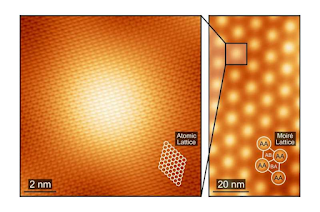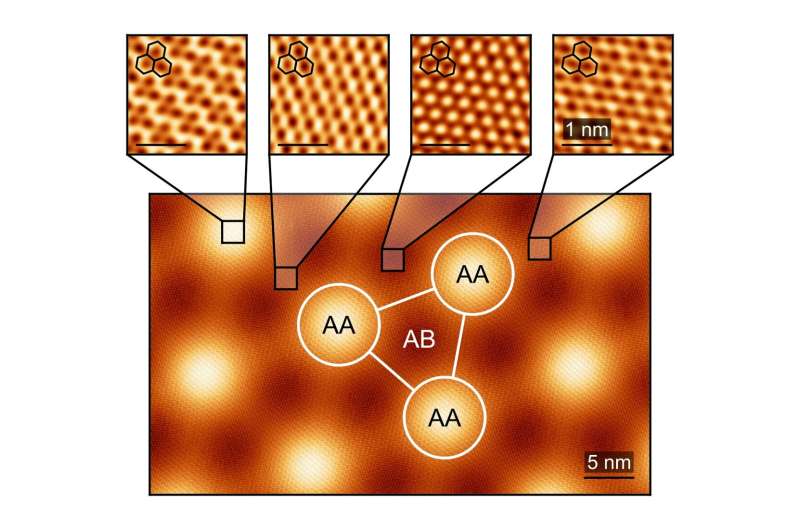
Turbocharged processing holds the promise of instantaneously diagnosing health ailments and providing rapid development of new medicines; greatly speeding up response time in AI systems for such time-sensitive operations as autonomous driving and space travel; optimizing traffic control in congested cities; helping aircraft better navigate extreme turbulence; speeding up weather forecasting that better prepares localities facing potential disaster, and optimizing supply chain systems for more efficient delivery times and cost savings.
But we're not there yet. One of the greatest obstacles facing quantum operations is error-correction.
The price for speedier operations in quantum systems is a higher error rate. Quantum computers are highly susceptible to noise such as electromagnetic signals, temperature change and disturbances in the Earth's magnetic field. Such noise triggers errors.
Qubits, the components particular to quantum computing, themselves are prone to error. Faults in frequencies, energy levels and coupling strength can cause miscalculations.
Unlike standard computer bits that are copied reliably most of the time, qubits, by their very nature, cannot be cloned without errors being introduced. Bits store easily replicated binary digit states while qubits store data in a complex mathematical quantum state that can be disrupted during copying. Additionally, qubits age quickly and deterioration can introduce errors.
Researchers at IBM Quantum say they have developed a system that dramatically improves error-detection in quantum computing. In an online post Aug. 28, they explained the challenge: "Standard classical error-correction only needs to correct bit flip errors," said IBM researcher Sergey Bravyi.
"Quantum computers must correct more kinds of errors, like phase errors which can corrupt the extra quantum information that qubits carry … Techniques must [also] correct errors without the ability to copy unknown quantum states, and without destroying the underlying quantum state."
In their research paper, IBM researchers described a process they say greatly trims the required arsenal currently used in quantum computing to catch errors.
Standard computer surface codes have long been successfully used for error-corrections. These are two-dimensional grids resembling a checkerboard. Efficient error-correction for qubits is more challenging.
Bravyi says many experts estimate fault-tolerant quantum computing would require millions of qubits, "a number we believe is too large to be practical at this stage of development."
IBM's solution, improved code and a redesign of qubit placement, achieves results requiring one-tenth the number of physical qubits currently used in error-correction.
"Practical error correction is far from a solved problem," the researchers acknowledged in a paper titled "High-threshold and low-overhead fault-tolerant quantum memory" published Aug. 15 in the preprint server arXiv.
"However, these new codes and other advances across the field are increasing our confidence that fault tolerant quantum computing isn't just possible, but is possible without having to build an unreasonably large quantum computer."
Their approach currently only works on quantum memory and not computational power.
"These techniques are a stepping stone towards a world of fault-tolerant computing," Bravyi says, "and this new … code is bringing that world closer. It's a promising result pointing us where we should look next for even better error correcting codes."
Instagram:https://www.instagram.com/sahara_navi/
Pinterest:https:https://in.pinterest.com/quantumtechnology23/
Blogger:https://quantumtech23.blogspot.com/
Facebook:https://www.facebook.com/profile.php?id=100090774864954
Tumblr:https://www.tumblr.com/quantum-technology













